|
0 Comments
Native dogwoods are my favorite flowering tree to sell for so many reasons. This popular native tree can grow in full sun to full shade, with full sun trees getting ~25' tall and full shade specimens topping out at 30-35' tall due to stretching for sunlight. April flowers last a few weeks, with petals dropping as light green foliage appears. Fall brings wonderful colors starting with deep greenish-maroon and ending with brilliant fiery-red. Morning and afternoon backlighting by sunlight makes this natural tree glow with warmth. Makes a great climbing tree for kids when older as the flaky bark makes for good gripping. Cherokee brave is the best pink variety. Light levels and age of the flowers determine the shade of pink on any particular day, and the splash of white makes 'cherokee brave' superior to the others, in my opinion. Cherokee princess white dogwood just about to flower. Cloud 9 white dogwood is a variety I like a lot. The petals are as wide as long, making the whole flower look like a hippy daisy painted on a VW bus in 1965. Other varieties of dogwoods have narrower petals and do not produce the same effect. Cloud 9 is a pure paper white, with other white dogwoods having a hint of yellow mixed with the white. Cloud 9 profuse production of pure white blossoms is stunning. Look closely at the wide petals. One of the more interesting attributes about the american dogwood tree is the fact that it feeds the native insects and birds. In the fall/early winter after the leaves have dropped, the bright red berries attract all sorts of birds to your property, and its fun to watch them duck and weave onto your tree, grab a berry, and sprint away to gulp it down. Lastly- the colorful part of the dogwood "flower" isn't really a flower at all! The four petals are actually the sheath that protected the reproductive structure all winter long. They expand and stretch then turn colorful so the pollinators know there is a treat to be found within. The real flower is the little structure I tried to focus on when taking this picture today. It's these teeny flowers that turn into the berries that were the key to these tree's survival before man came along. Birds eat the berries for the fruit around the seed, then poop out the seed somewhere else. The acid in the bird's gut triggers the seed's germination process. Voila! Bet you didn't know that! That's why we see dogwood trees popping up around in the strangest places sometimes. The acid eating the seed coat is called "scarification," and without it the seed won't germinate. I guess that keeps the seed from germinating under the parent plant.
Larix decidua 'pendula' is one of the best "wall hangers" that I know of, this one being at my house. The light green needles are soft to the touch, and are unmolested by insects, deer, and fungus. Spittlebug can infest once every decade or so, but they're easy to control. In the fall, the needles turn a rusty-red-brown, and fall to the ground This is a 35 year old weeping larch that I put on the top of this rock garden. People were backing into this telephone pole so we put the first level of the rock garden in, but they backed into the boulders, and we added a second layer of soil and rocks and plants but they backed into those also. Finally, I put this weeping larch on the top (it's only 3' tall), and placed a shed to the left. Nobody's backed into this garden in about 15 years, so I think our problem is finally fixed, thank goodness. Anyway, you can get a good idea of the graceful cascading nature of this awesome plant.
I'm thinking that Zelkova is one of the very best non-native shade trees for our climate. Zelkova's widest part is the very top of the umbrella-shaped canopy. The smallish leaves allow speckles splashes of light onto the lawn, unlike the maple family, and as a result lawns and other plants have a good chance for survival, These are new zelkova arrivals, yet to push out leaves. You can see from the long whip-like branches from last year's growth the genetic growing possibilities. If the soil/water/fertilizer/sunlight requirements are met, zelkova can push out new growth all summer long, into the fall meaning that your shade tree will turn into a pretty big tree really fast.
Two more attractive attributes are the bark and the fall foliage. The bark flakes and chips off, revealing an interesting and unique patchwork on an elephant leg-smooth surface, and in autumn the foliage turns from a medium green to deep maroon/red/yellows/orange. My one objection to zelkova is the lack of berries for the birds to eat in the fall, both for migrating and overwintering birds. If this is not an objection for you, and you want a really awesome shade tree, then Zelkova may be the tree for you. If you would like to see an awesome display of Zelkova trees, Go to the "Boys and Girls village" in Milford near the sikorsky bridge. I planted a row of them in approx 2010. They are huge and stately. I've had this weeping katsura tree for 35 years. I never sold it because there was an issue with the bark but here it is four decades later in the full glory of awesome spring clothing. Katsura grow all summer long resulting in a LOT of growth yearly but the vertical ascent on the weeper is only a little, with the rest of the new growth cascading downwards like a waterfall. Katsura, or cercidophyllum japonica 'pendula' is native to Japan, and is a magnificent tree with rounded foliage that overlaps each progressive leaf as they descend down the branch like the old fashioned chain mail armor creating a very interesting look. The leaves seem to be resistant to insects and disease as I have never had to spray any katsura for any ailment.
|
AuthorWrite something about yourself. No need to be fancy, just an overview. Archives
August 2023
Categories |
Winter hours-
|
Telephone(203) 261-3926
|

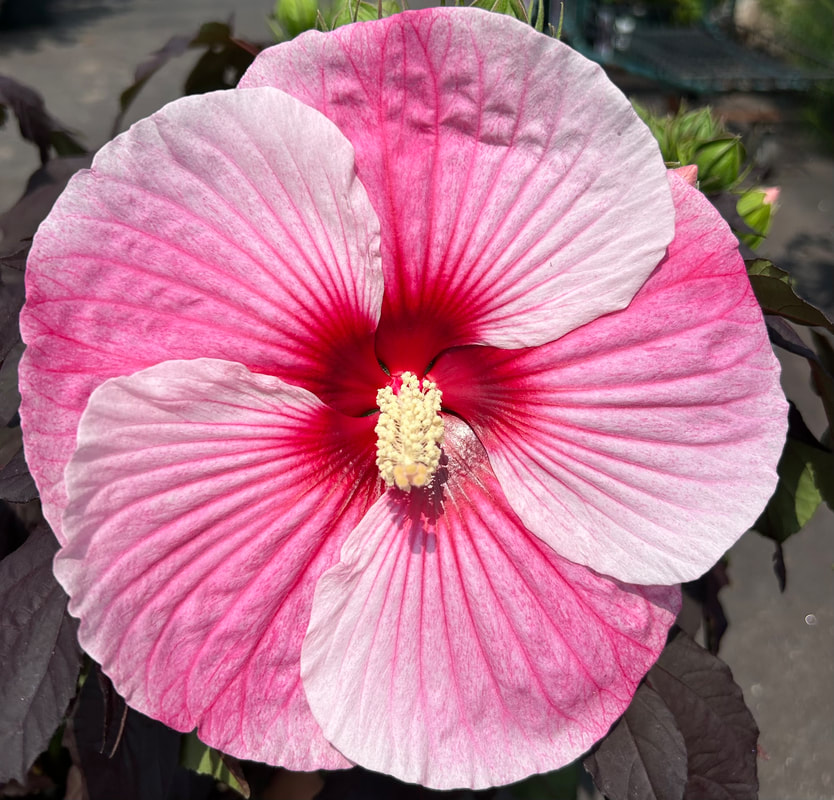
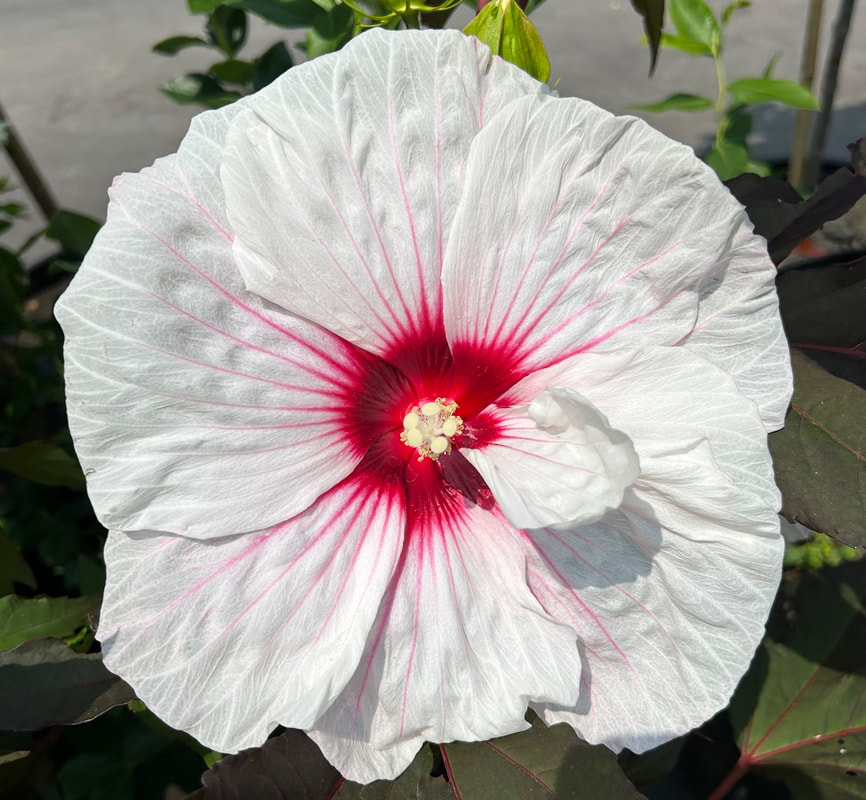
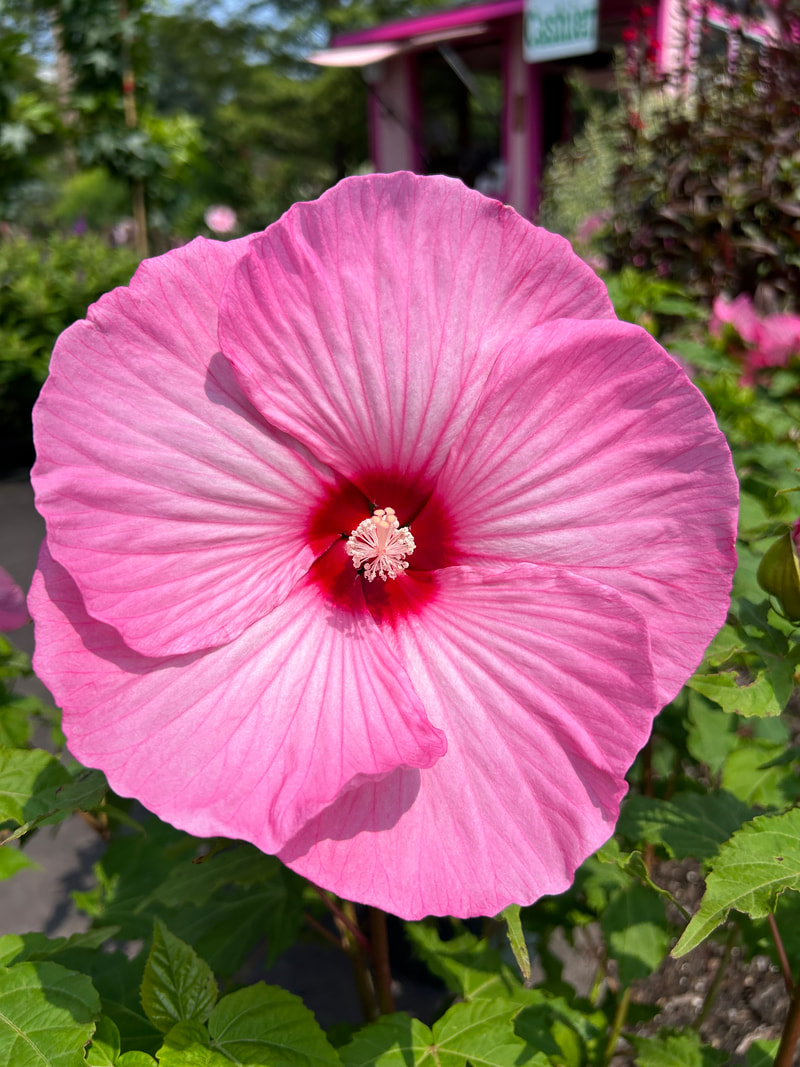
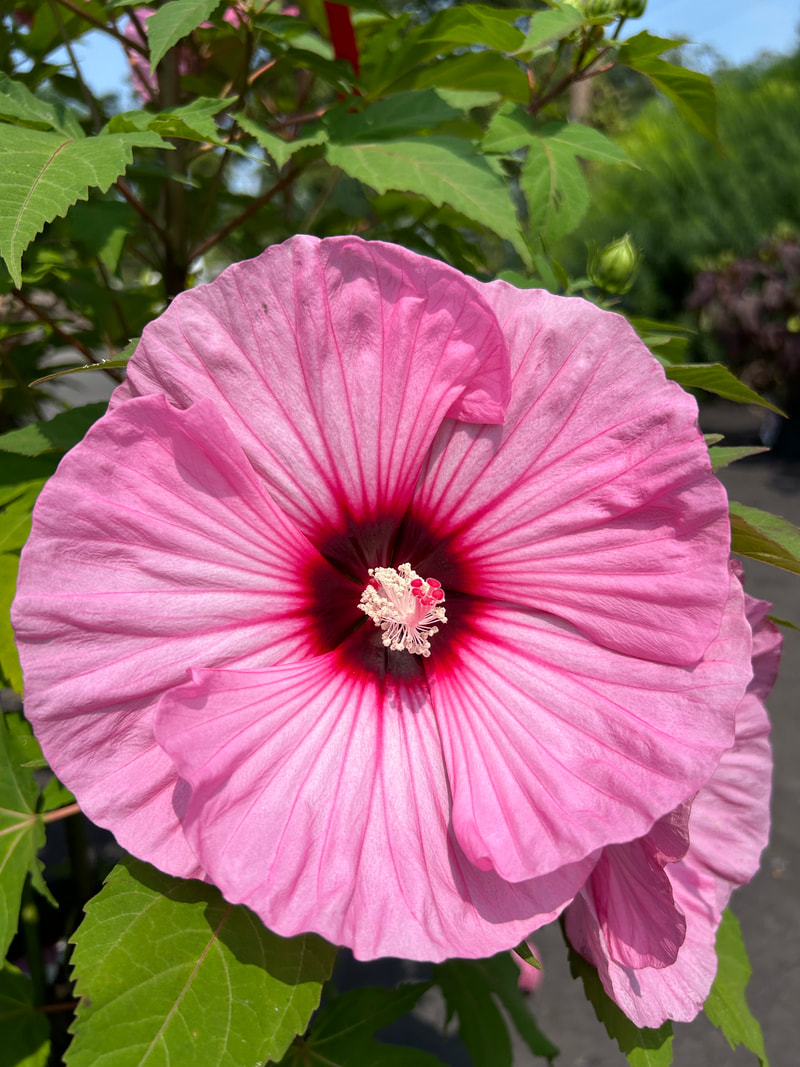
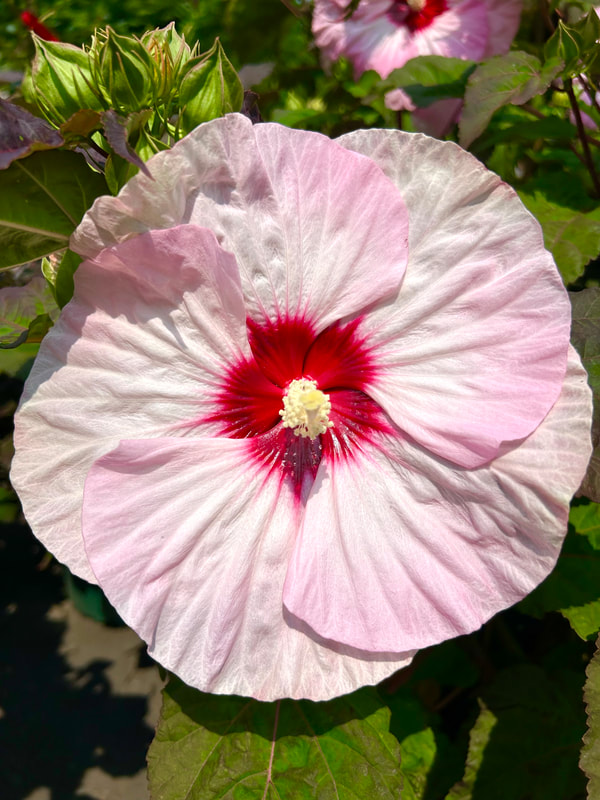
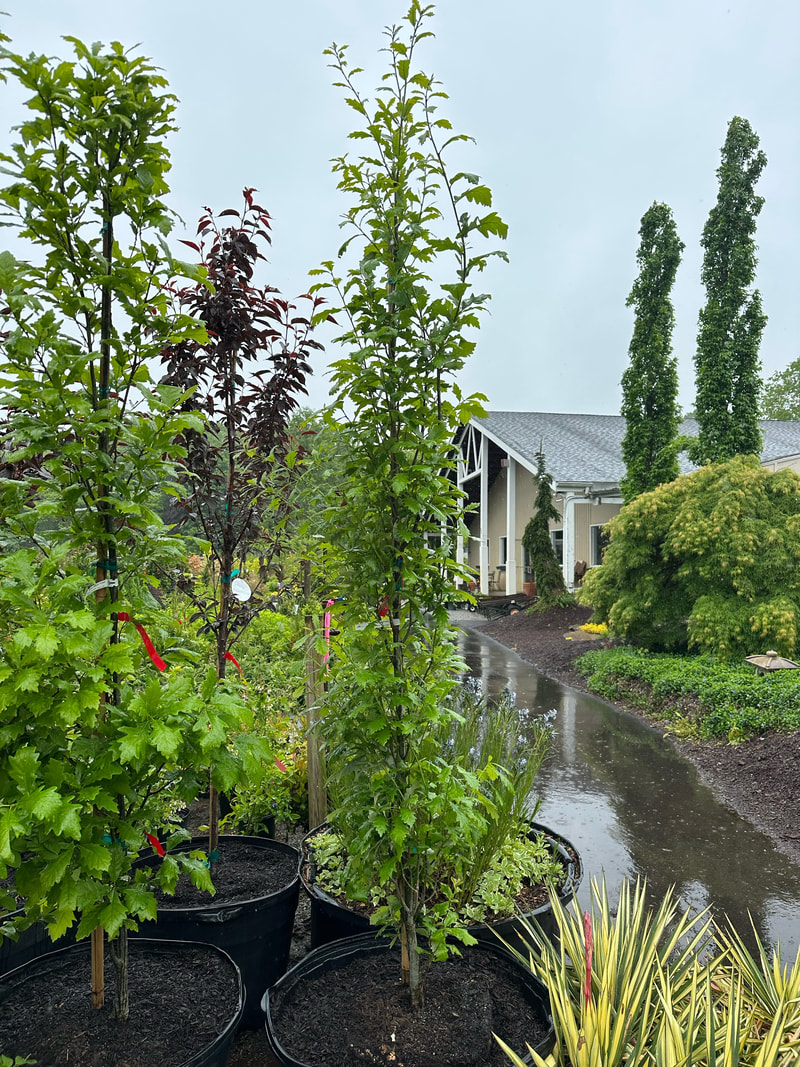
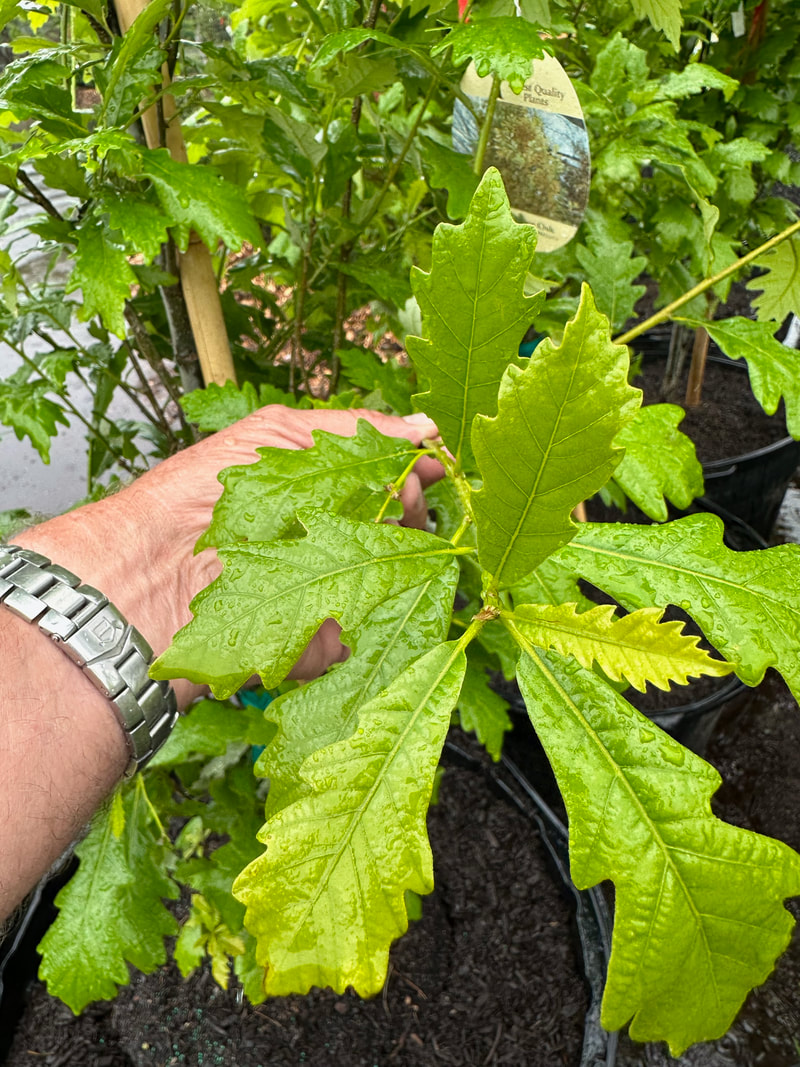
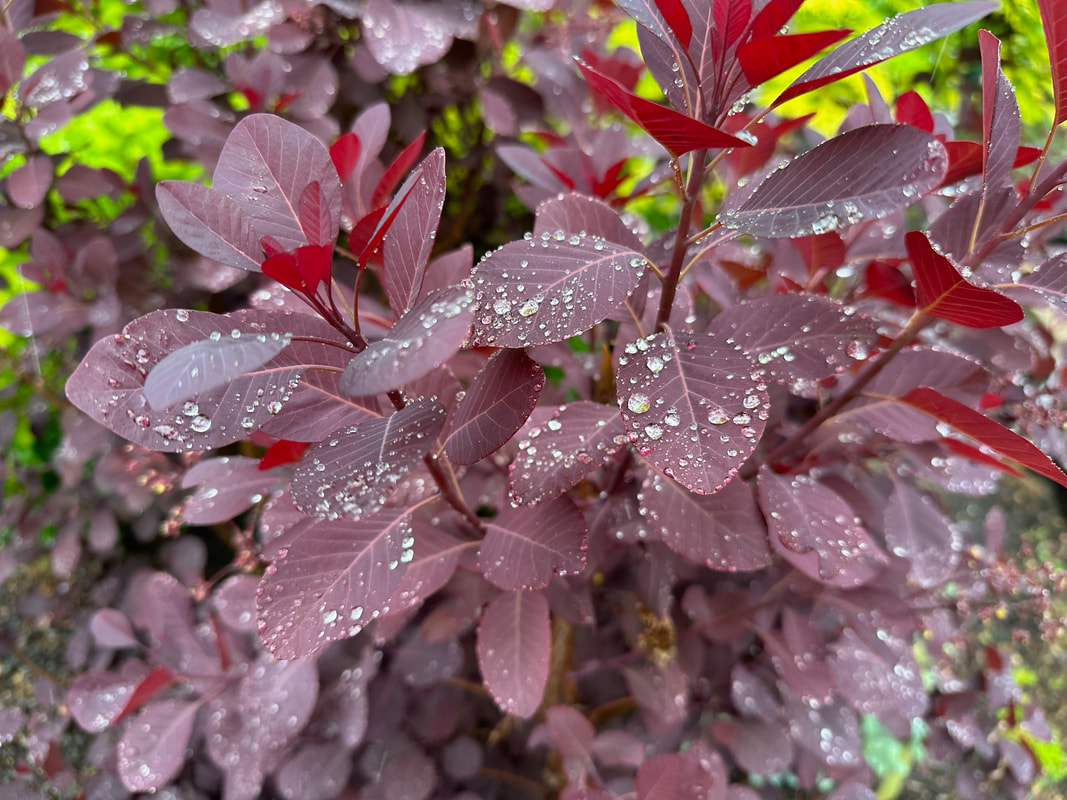
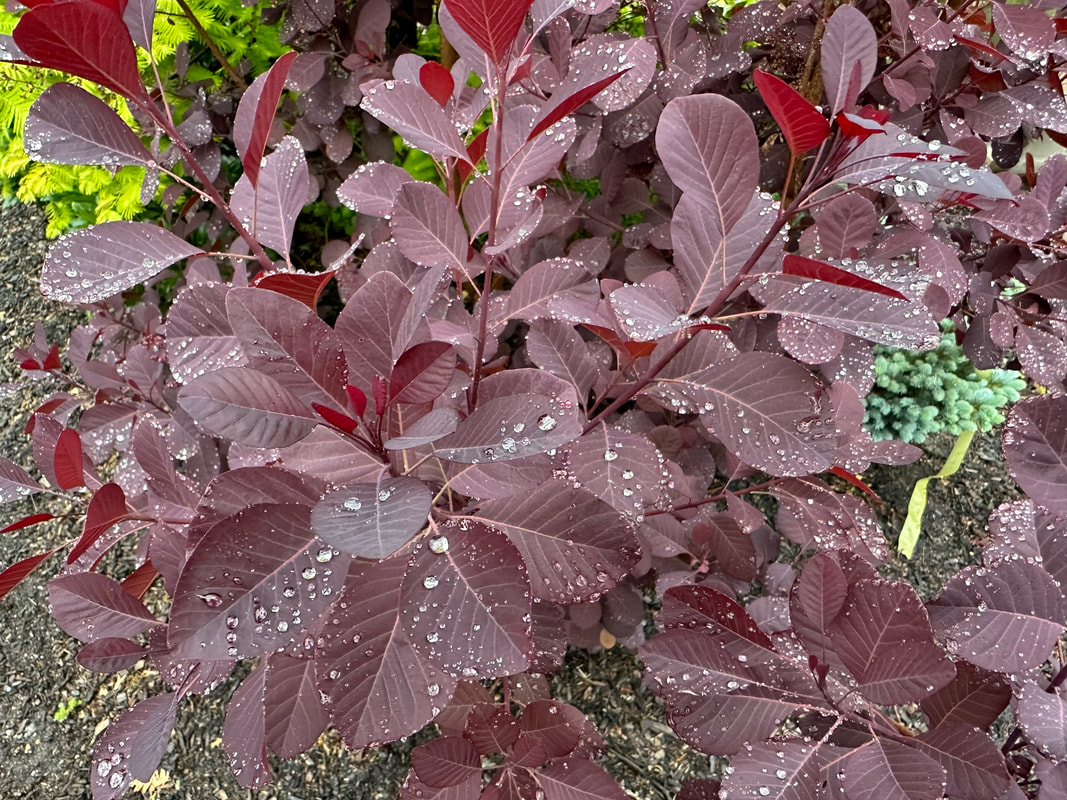
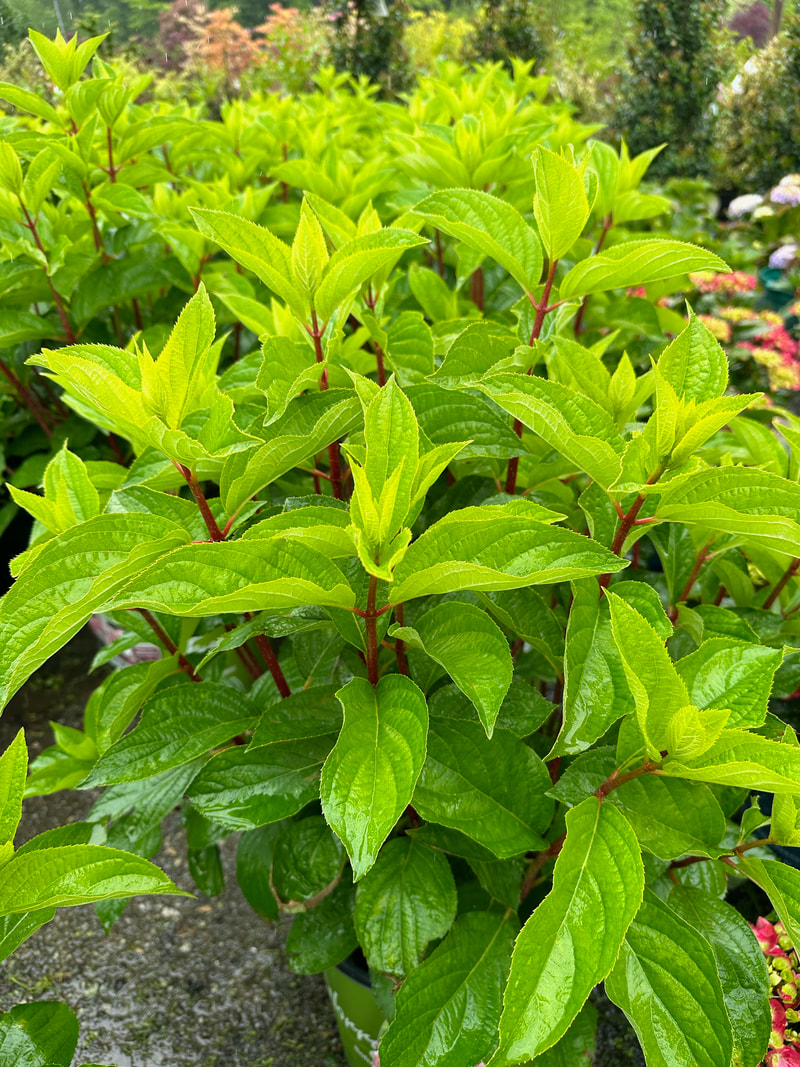
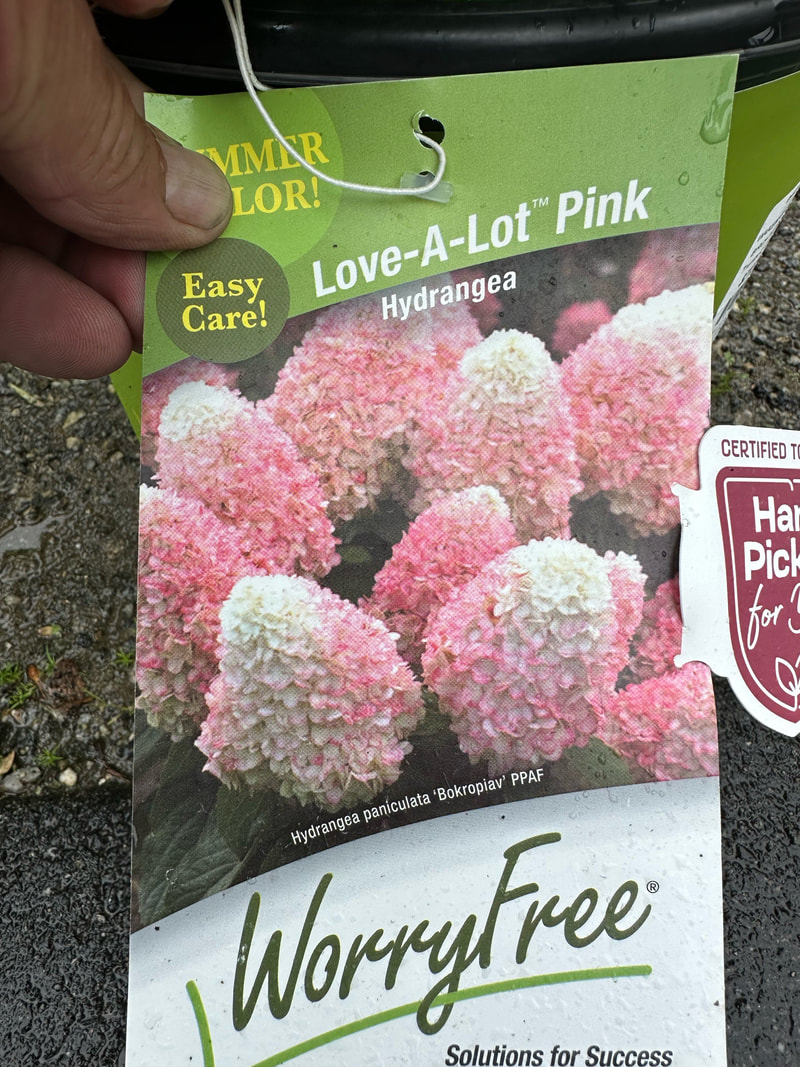
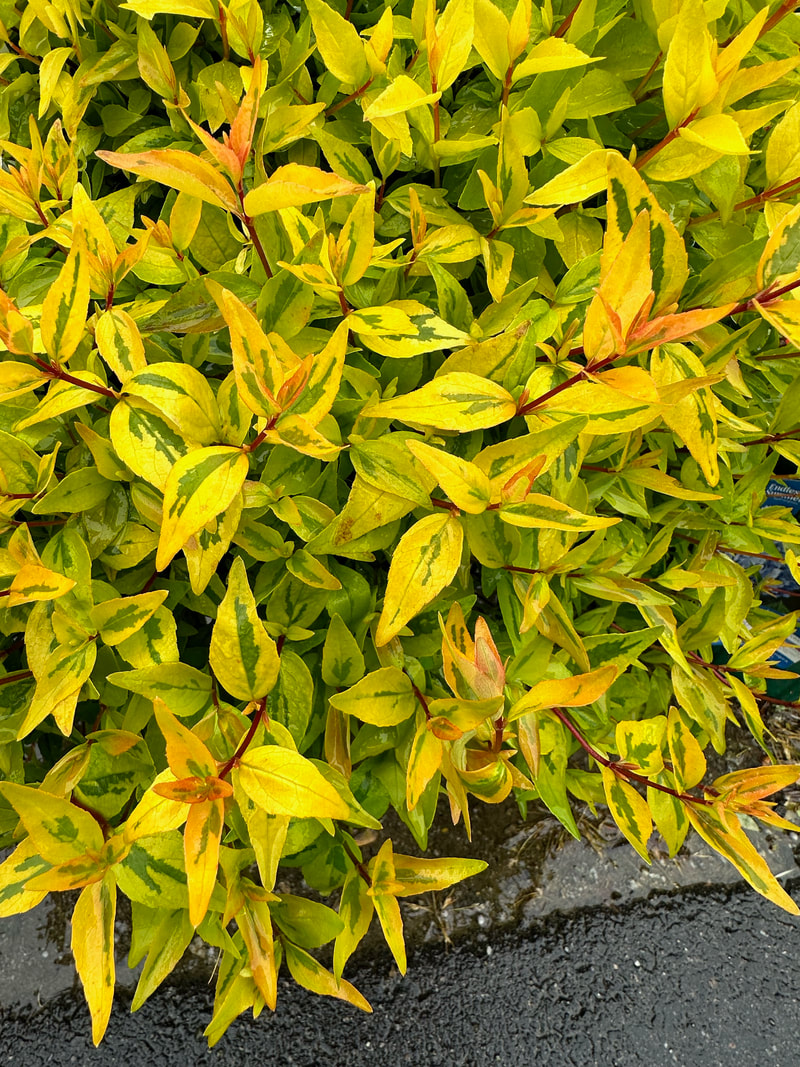
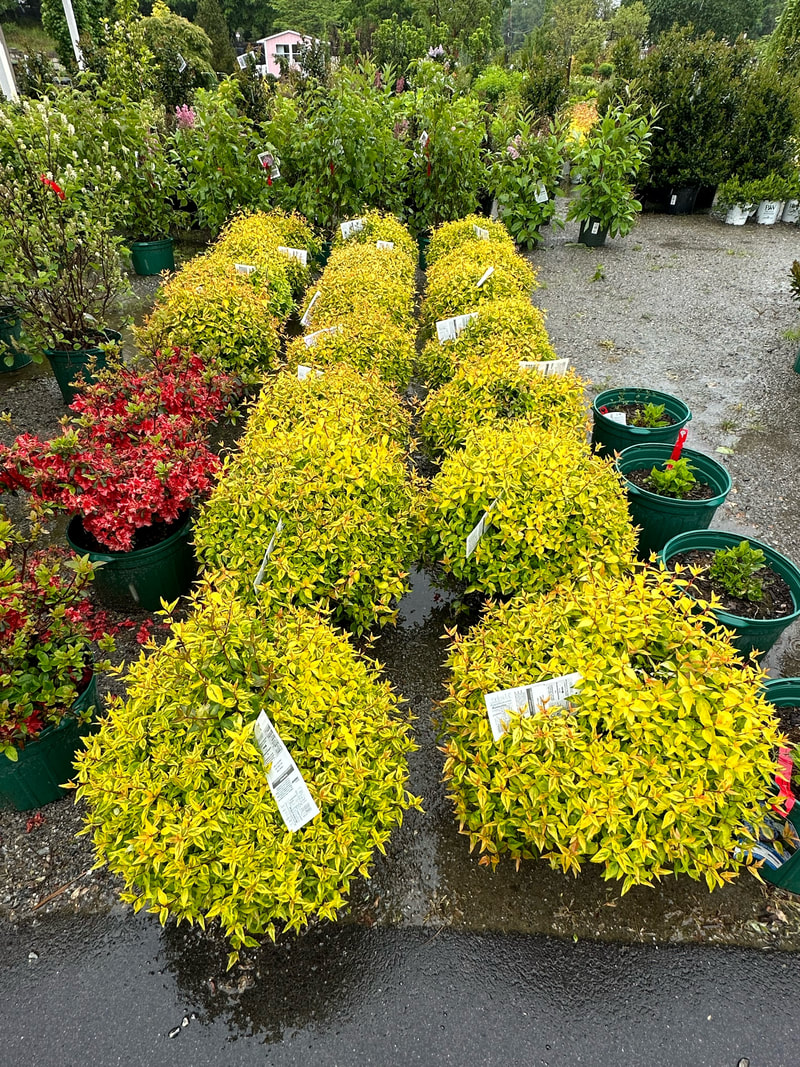
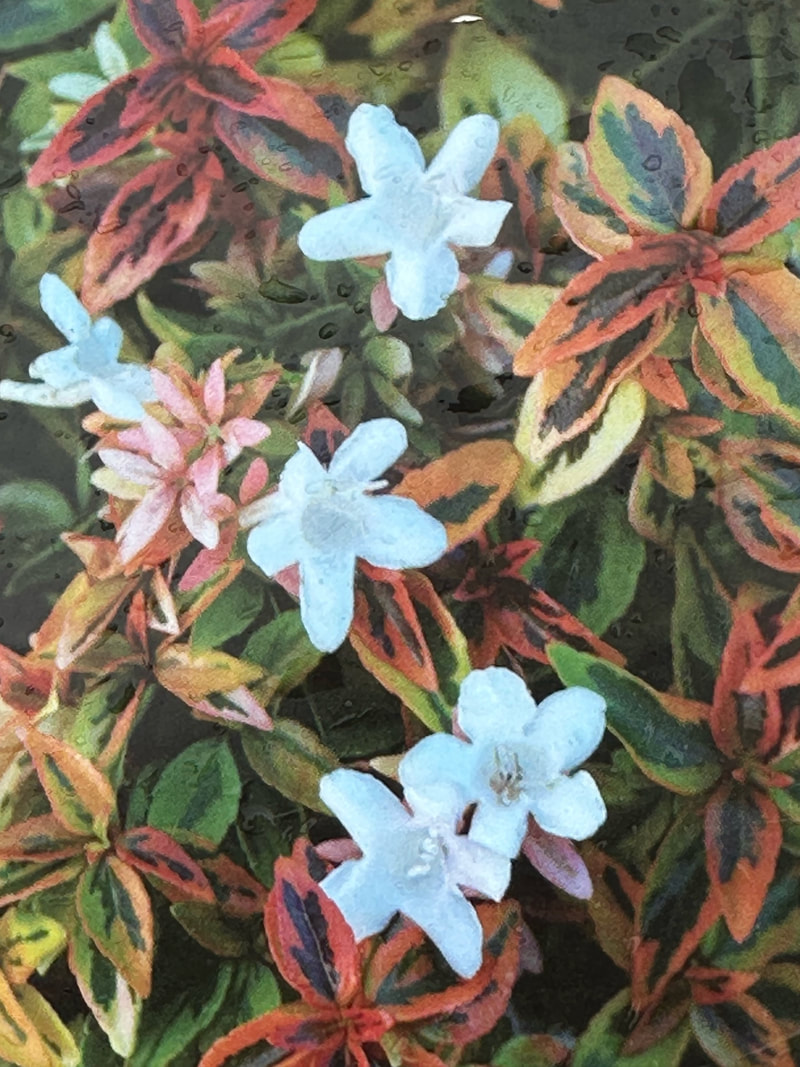
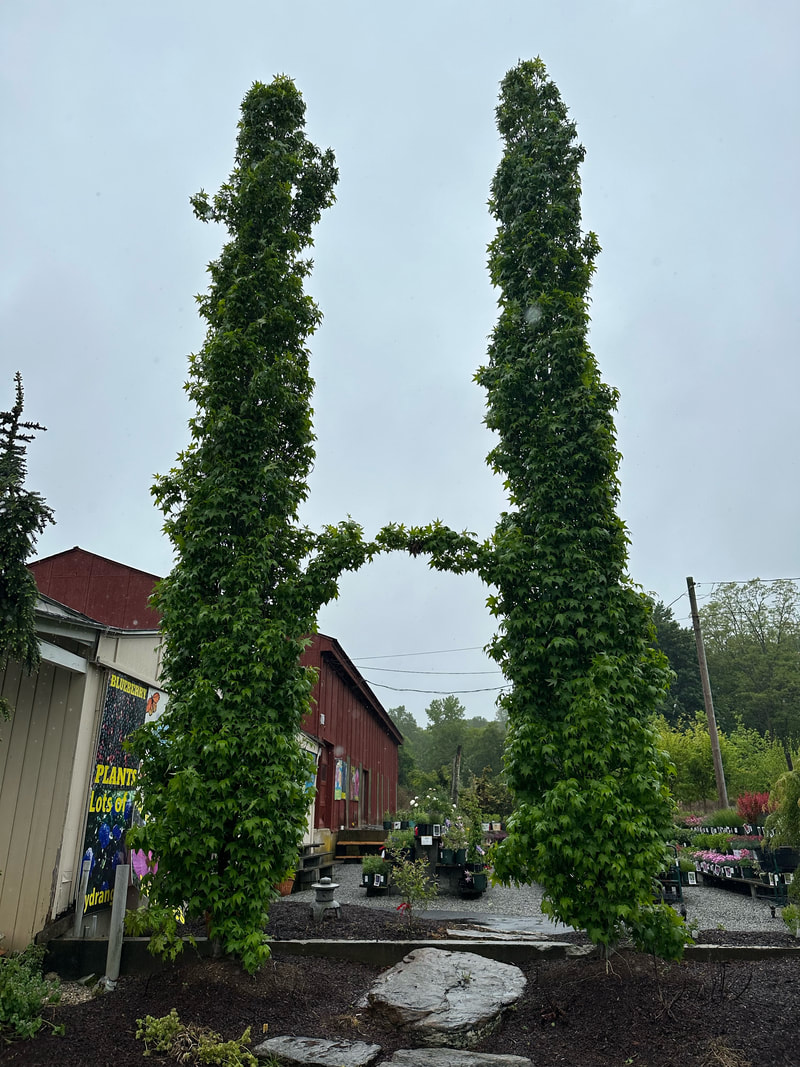
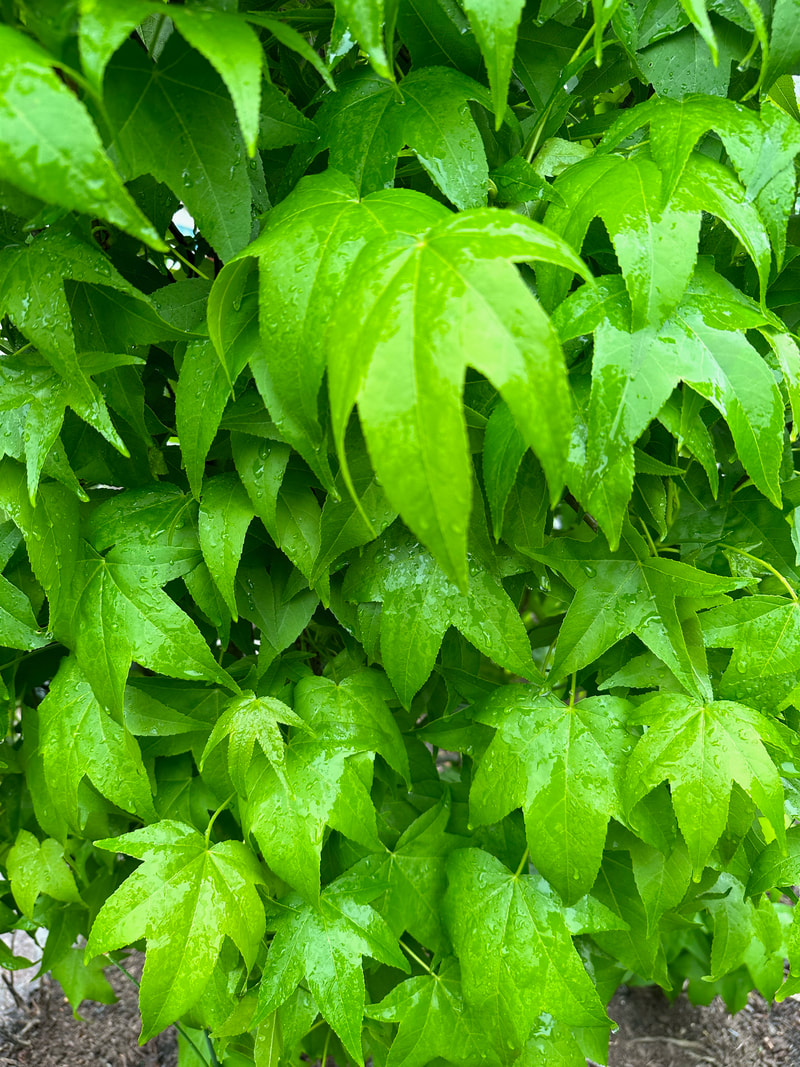
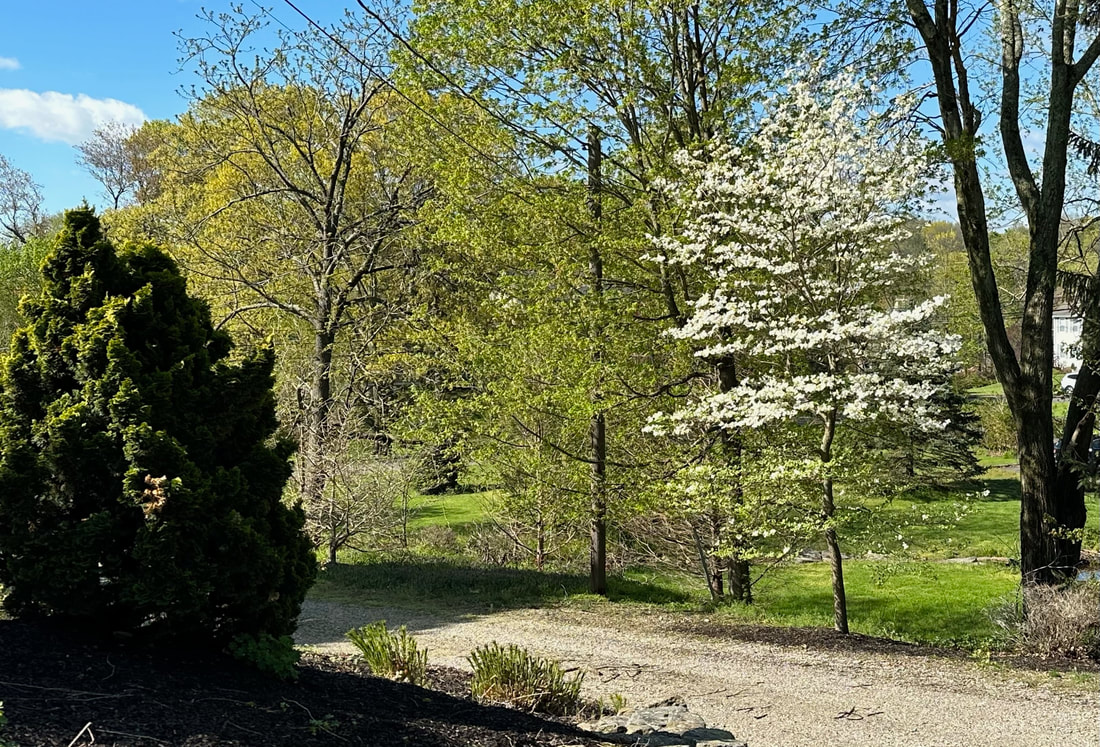
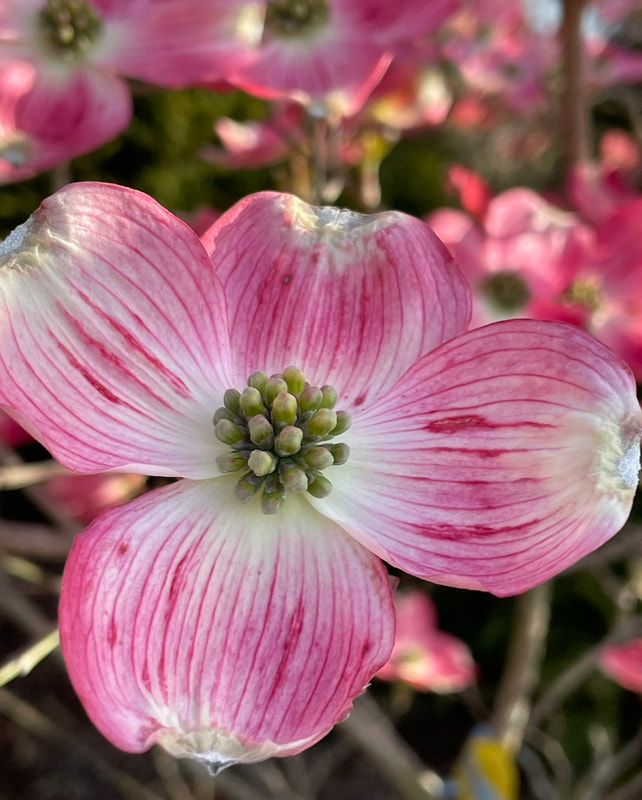
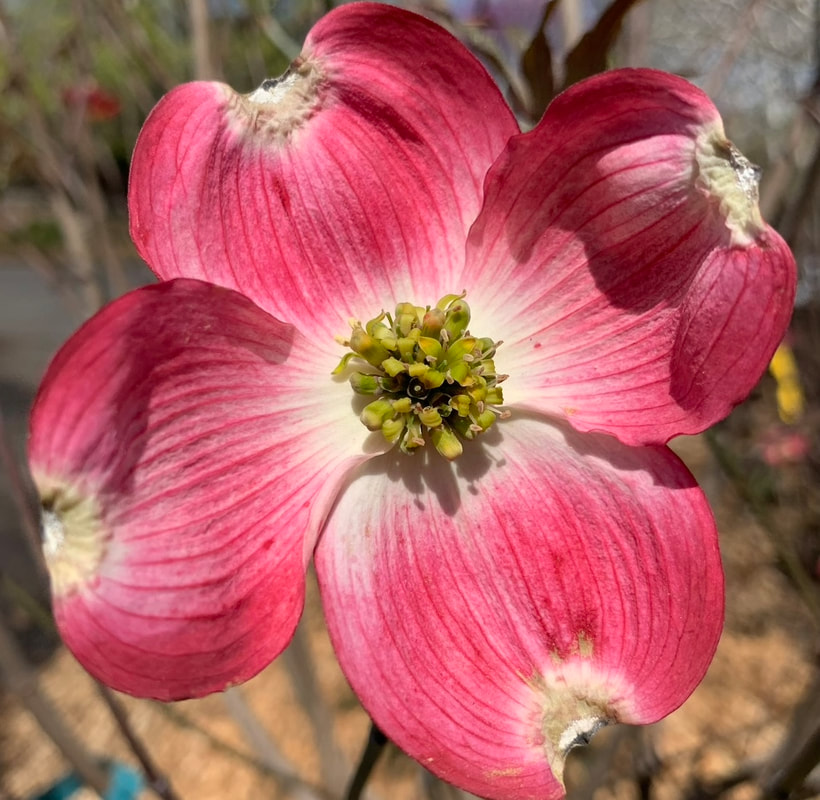
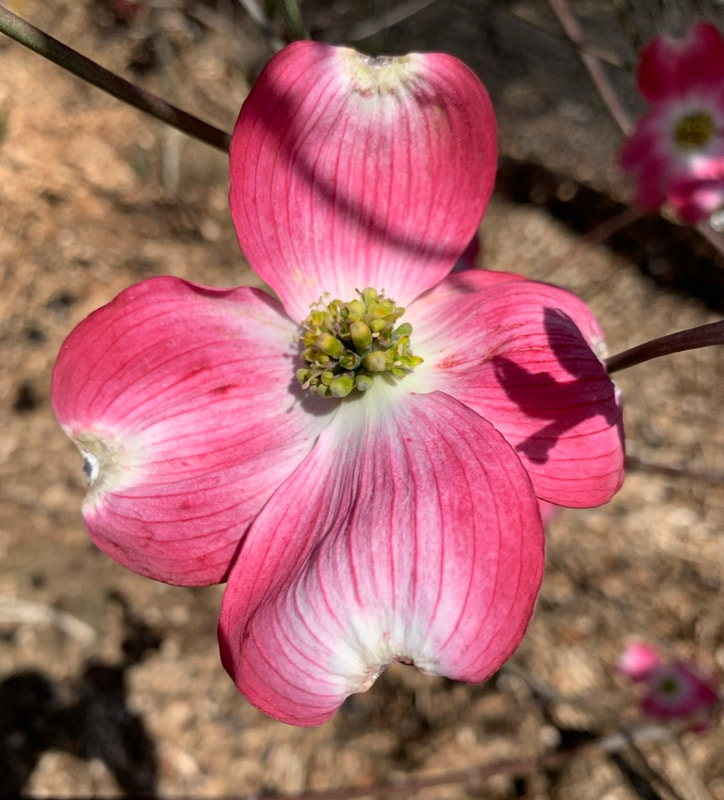
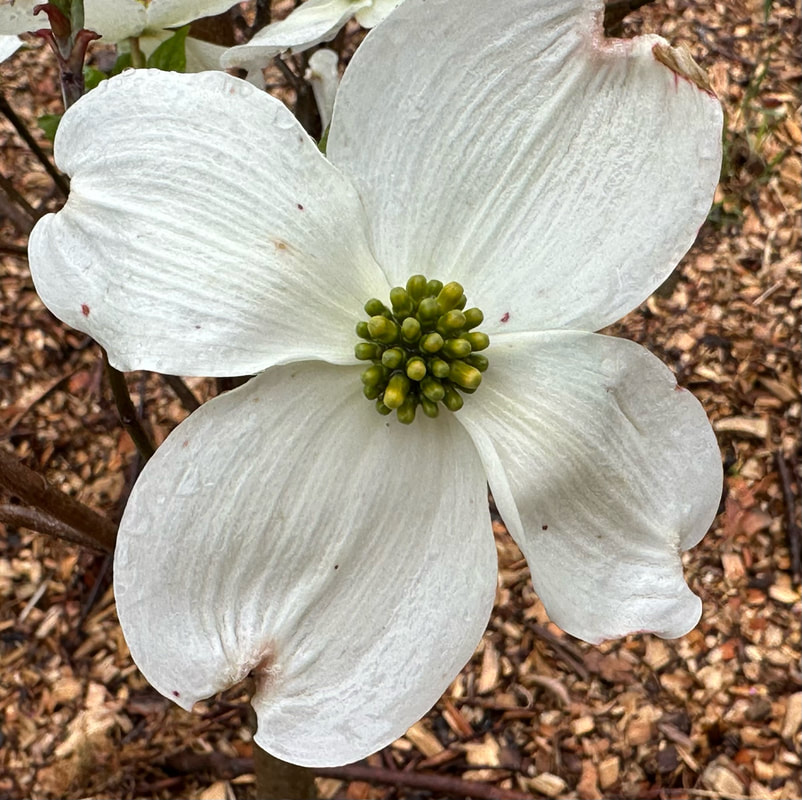
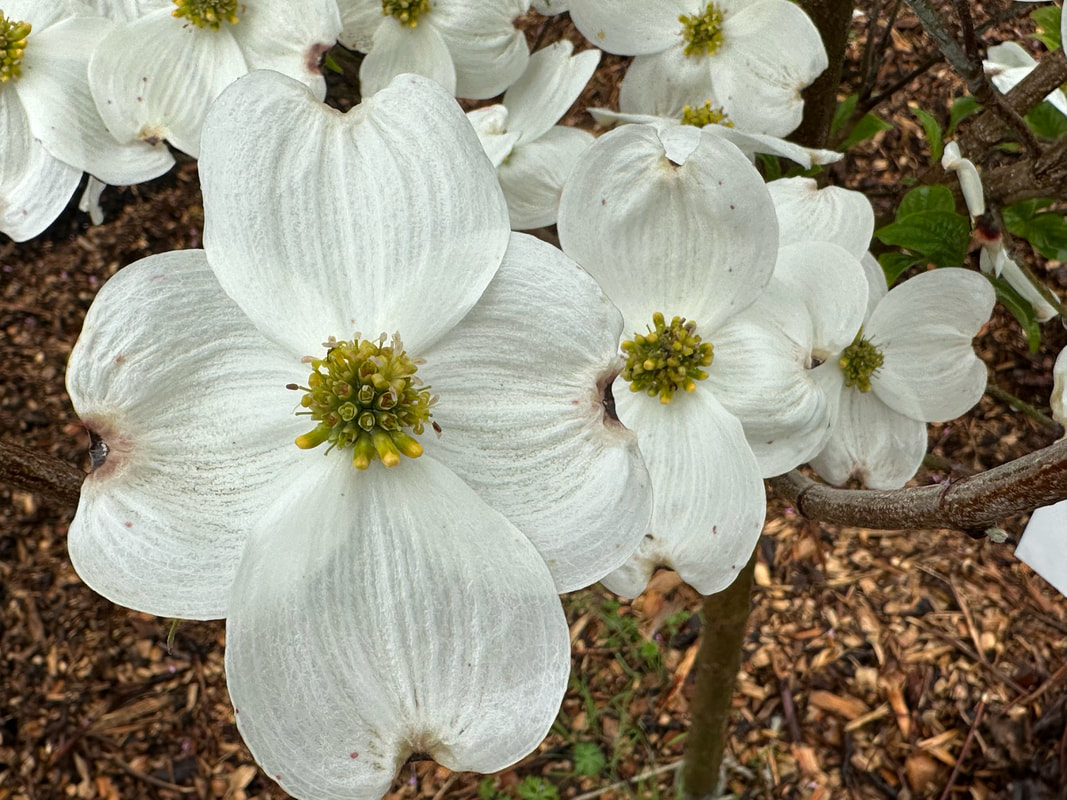
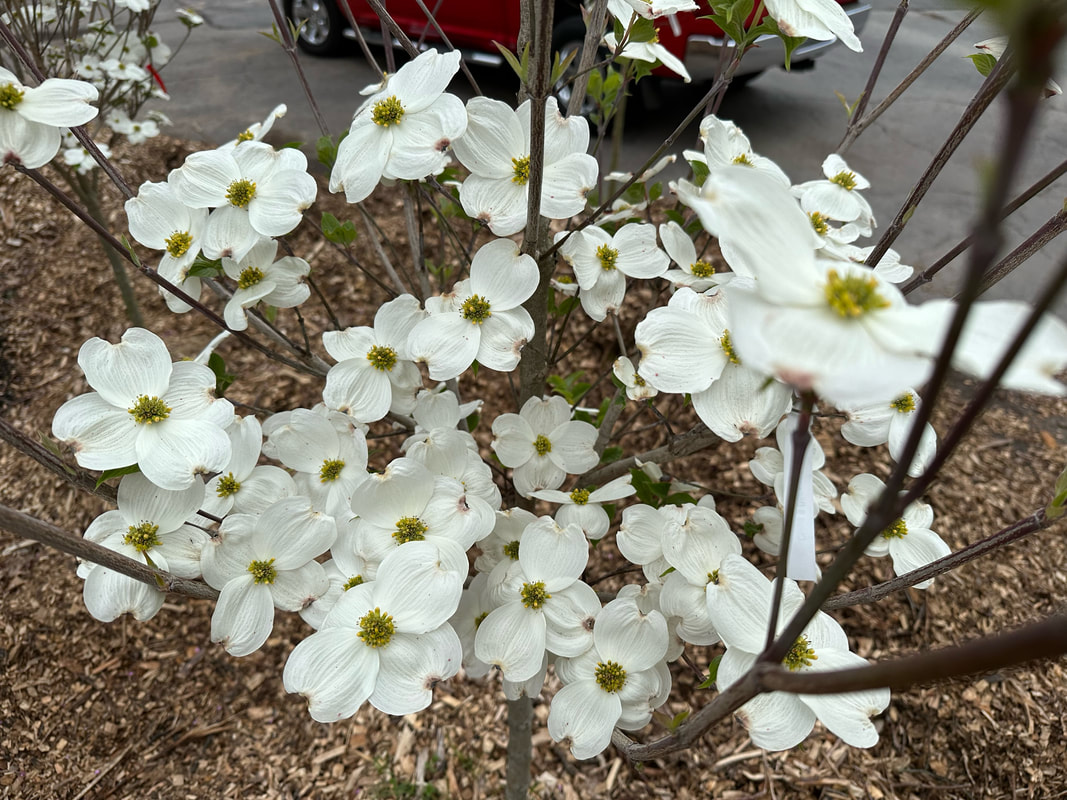
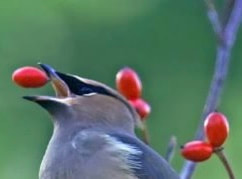
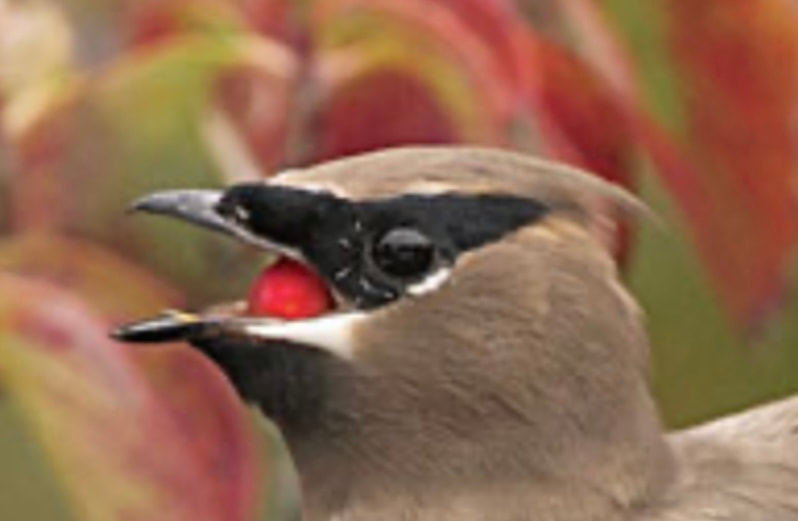
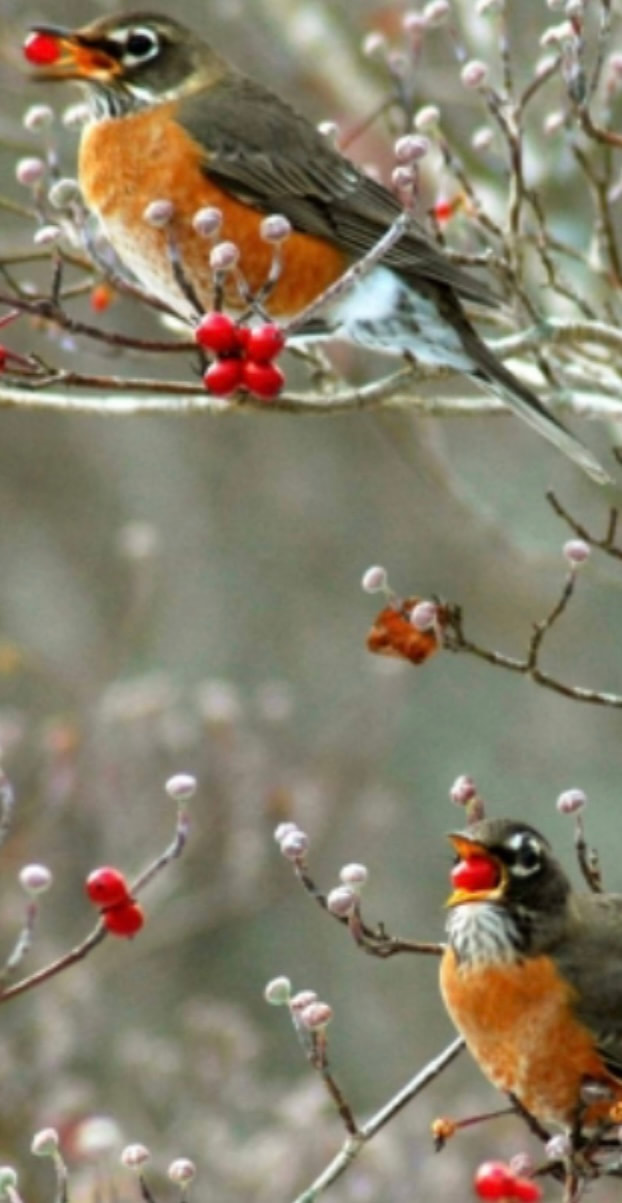
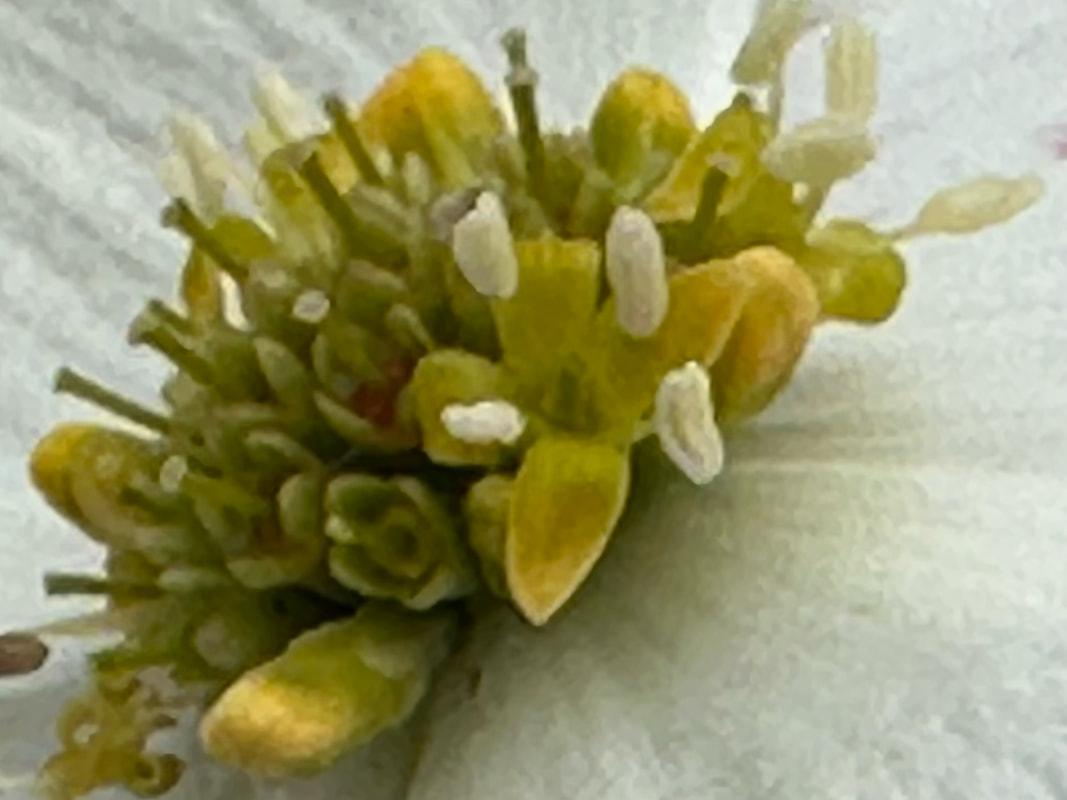
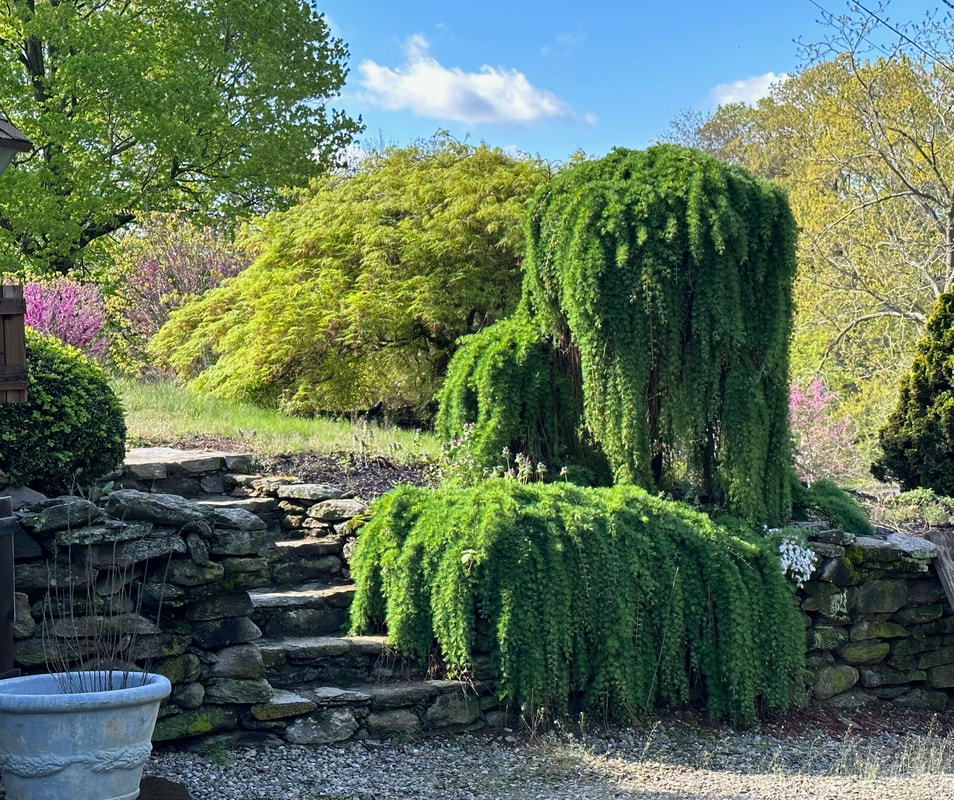
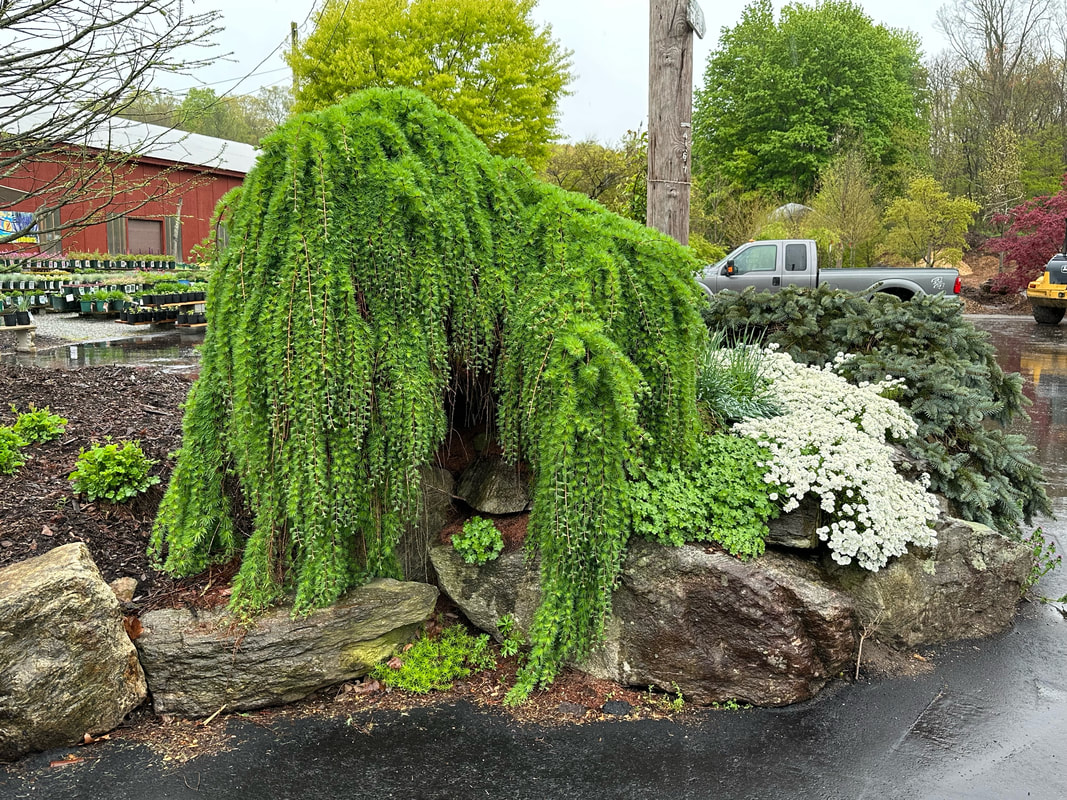
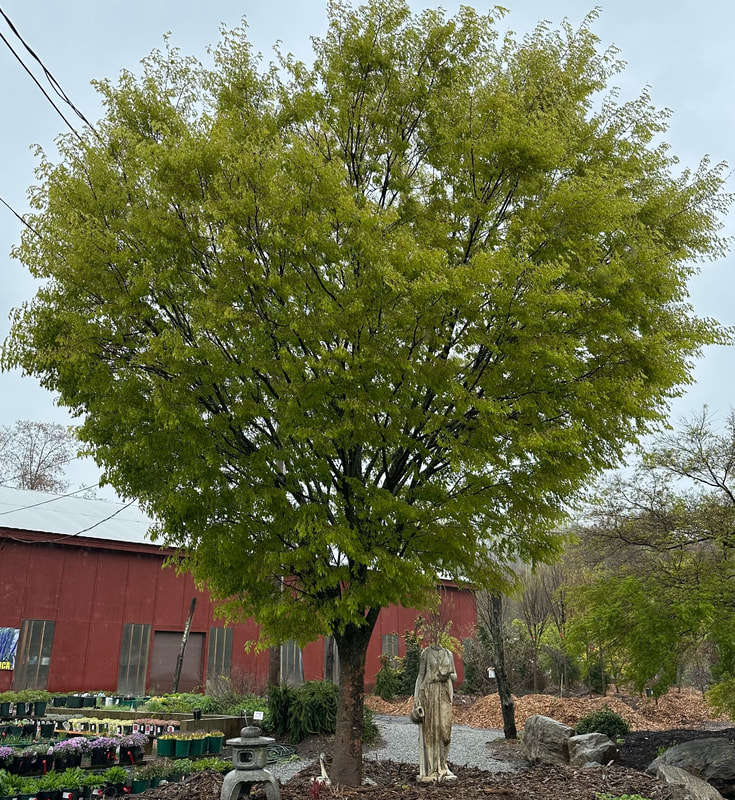
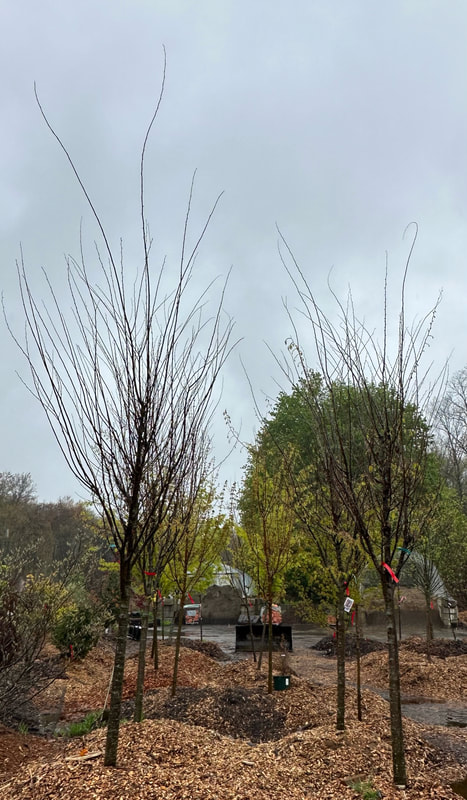
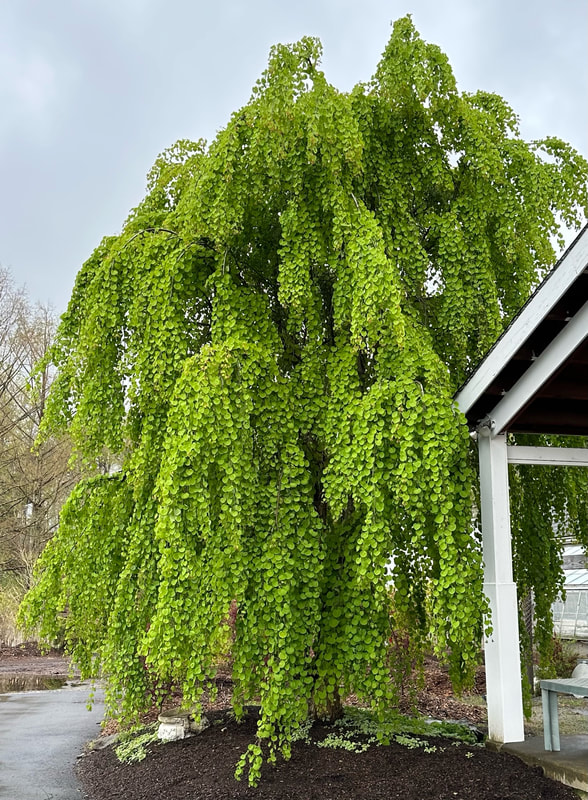
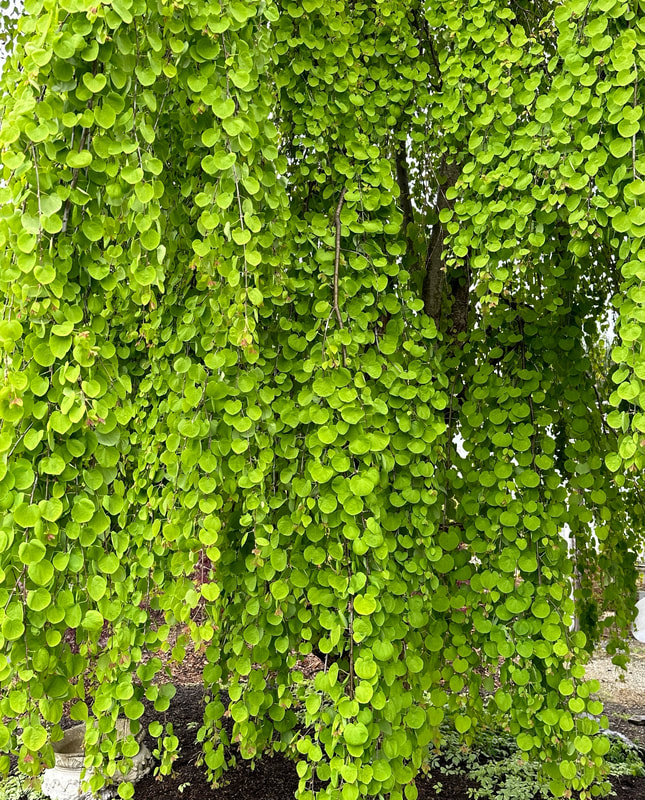
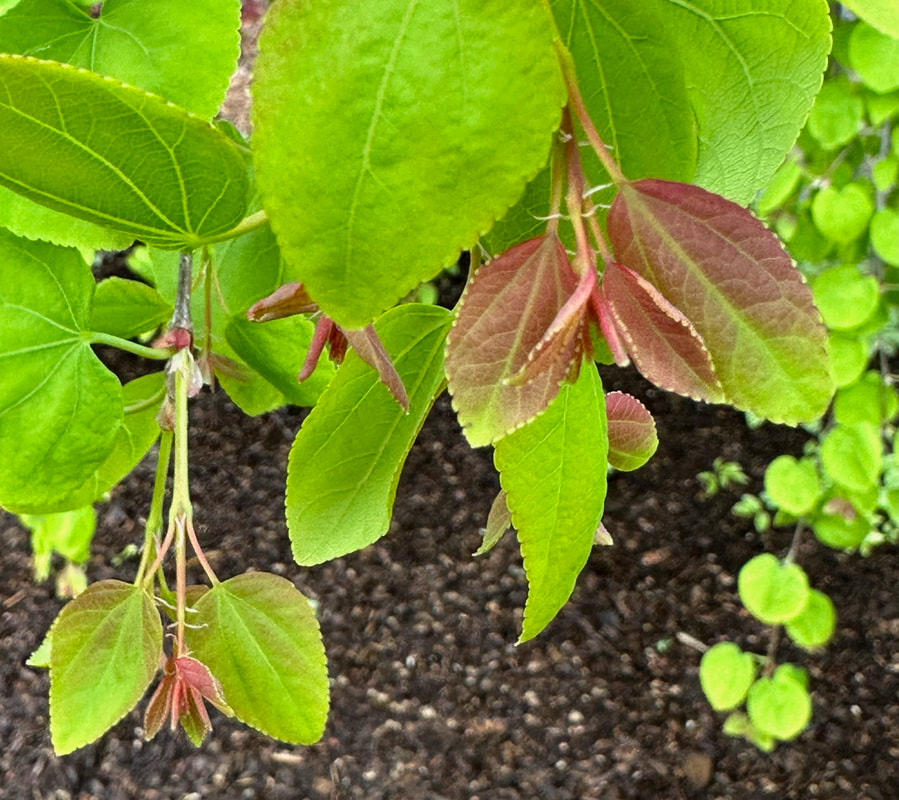
 RSS Feed
RSS Feed